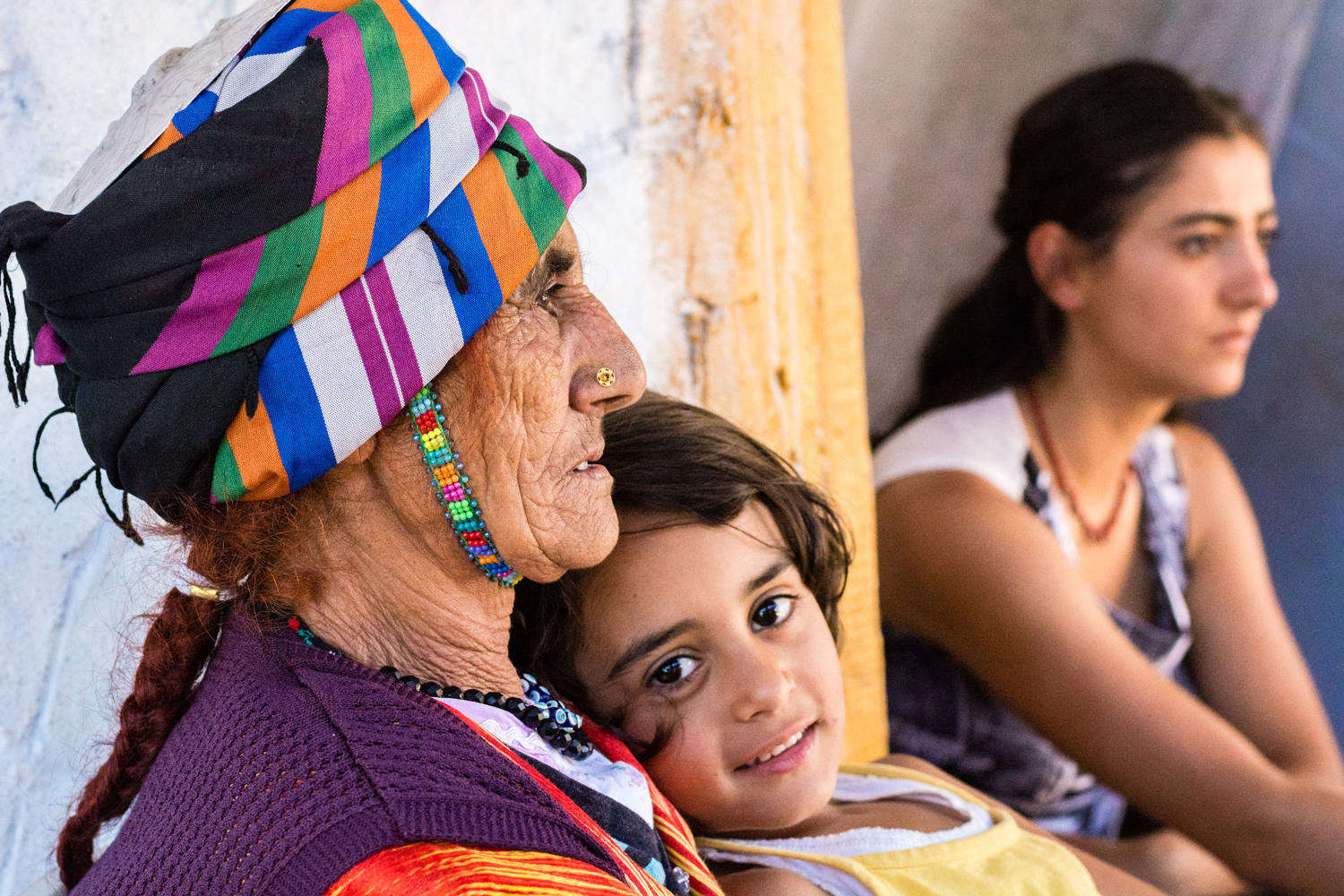Photos and text by Michael Benanav, video by Cat Cannon
Dersim Province, Turkey
In a remote mountain basin where dog-toothed peaks scrape the sky, the Munzur River wends its way through one of Turkey’s most scenic and biodiverse landscapes. Some 5000 plant species grow there, including over 100 that are endemic to the region. Rare animals include bear, wolves, wild cats, and ibex. Though one of Turkey's first and largest national parks was established there in 1971, what makes the Munzur Valley truly special is its culture: it's the heartland of the Kurdish Alevi religion, a mystical faith with strong shamanistic and Zoroastrian roots, a complicated relationship to Islam, and an intimate and sacred connection to the natural world.
More than anywhere else in Turkey, traditional Alevi ways of life remain strongest in Munzur. Its geographic isolation has helped preserve a rich array of local folk superstitions, rituals, and philosophies about life (and death). Music and dance are essential features of their ceremonies, and tolerance for people of all races and religions is preached and practiced. Today, however, Munzur's unique traditions, holy places, and rare ecosystems face numerous threats, including plans to build a series of dams on the river, which will submerge villages, pilgrimage sites, and wildlife habitats. If forced to evacuate, the people of Munzur will suffer great personal hardship and their culture will be deeply impacted. Thrust from their secluded Alevi homeland, where they can practice their religion freely, many would find themselves living in regions dominated by Sunni Islam, whose conservative followers tend to view Alevis as godless heretics. At the same time, the relationship between the people of Munzur and their sacred landscape will be severed.
Before that can happen, Traditional Cultures Project is documenting life in the Munzur Valley. For a spectacular in-depth look at this very special and complicated place, check out our long-form multimedia project at www.munzurvalley.com - and help us continue our work by donating to TCP.
Click the first image to start the slideshow; hover over the images to read the captions.






















